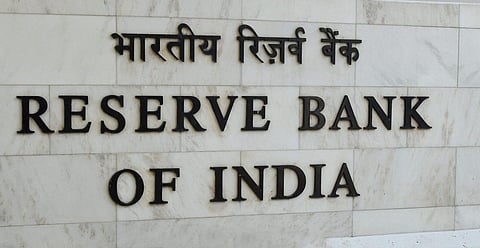10% incremental CRR to prevent excessive unsecured lending by banks, say experts
MUMBAI: Reserve Bank of India’s (RBI) decision to drain excess liquidity by imposing a 10% incremental cash reserve ratio (ICRR) on banks will help restrict the excessive increase in unsecured lending by the banks, say experts.
Easy availability of liquidity would have prompted banks to disburse more unsecured loans such as personal loans, credit card loans, and travel loans, creating a risk of payment defaults.
“The increase in liquidity due to the withdrawal of Rs 2,000 notes would have prompted banks to channel it to their customers in the form of unsecured loans. When liquidity becomes abundant, banks and customers both have a tendency to become imprudent,” a banking analyst at a rating agency told this newspaper.
“Banks may extend loans to non-deserving customers while some customers may spend this money on things which they do not really need. Imposition of ICRR aims to check this risk by removing additional liquidity from the system,” he said.
The RBI on Thursday announced that banks would be required to maintain an ICRR of 10% on an increase in their deposits between May 19 and July 28, to absorb surplus liquidity of Rs 1 lakh crore from the banking system.
The decision to withdraw Rs 2000 note from circulation has created excess liquidity with banks.
The RBI announced on August 1 that nearly 88% of Rs 2000 banknotes valued at Rs 3.14 lakh crore have returned to the banking system. Out of the total notes returned, about 87% valuing Rs 2.73 lakh crore have come back in the form of deposits and the remaining around 13% has been exchanged into other denomination banknotes.
RBI targets excess liquidity
- Rs 1 lakh crore: Liquidity expected to be absorbed after imposing incremental cash reserve ratio
- 10%: Incremental CRR imposed on banks by Reserve Bank of India
- Rs 2.73 lakh crore: Banks have received as deposits as on July 31 in form of returned Rs 2,000 notes
- Rs 1.8 lakh crore: Overall daily absorption under liquidity adjustment facility in July
- Rs 1.7 lakh crore: Overall daily absorption under liquidity adjustment facility in June

